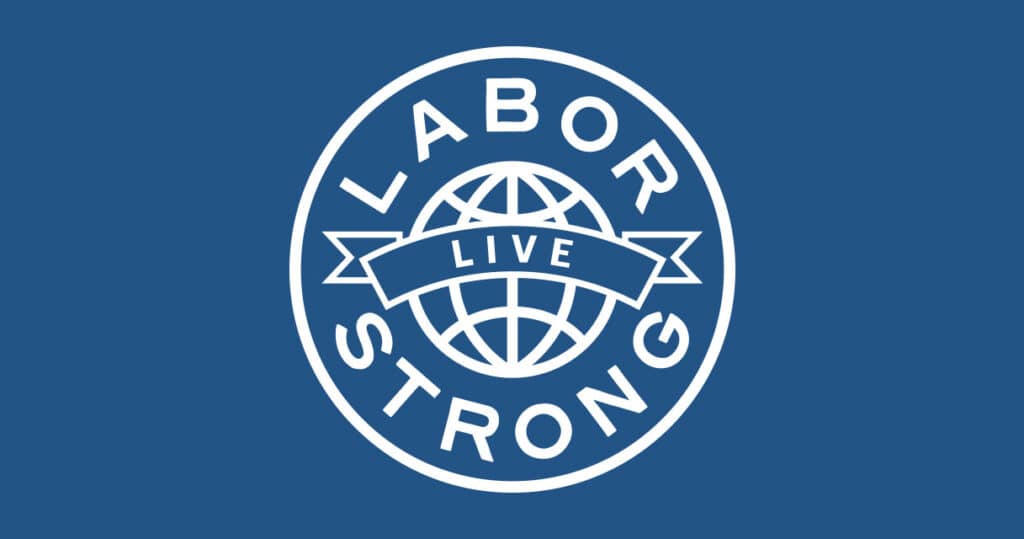What is Utilization Management in Health Care?

You may have heard of the term “utilization management,” but what exactly is it?
Simply put, it’s a system that’s used to make sure patients receive the most appropriate, cost-effective care at any given time. And it’s implemented on a continuous review basis that’s designed to help control the cost of healthcare — but without sacrificing quality.
For third-party administrators (TPAs), the main goal of utilization management is to make sure medical treatment and services are efficient, necessary and correct, ultimately leading to better outcomes and quality of care.
If you’re intrigued, let’s dig deeper into the details…
What does utilization management involve?
Utilization management involves three different types of reviews: prospective, current and retrospective. This approach gives a holistic view of data, offering plenty of insights into patient care.
Here they are in detail:
Prospective review
Before the green light is given for any treatment, the prospective review ensures it’s the best option for the patient. This process is essentially designed to eliminate unnecessary, ineffective or duplicate treatments.
The review can occur before or after admission to a hospital or facility, but it should always take place before treatment begins.
Concurrent review
This review monitors a patient’s treatment to determine whether it’s going according to plan. It typically starts within 24 to 72 hours after admission. The main goal is to track the utilization of resources and monitor the patient’s progress, but it can also help reduce the denial of coverage after a treatment begins.
The following elements are usually included in a concurrent review:
– Care coordination, where it’s important to sync up the patient’s healthcare with multiple providers and specialists.
– Discharge planning, which can determine the needs and milestones that have to be met in order for a patient to leave the hospital safely.
– Care transition management, when a patient has to move from one level of care to another (for example, from the ICU to standard care).
Retrospective review
A retrospective review generally takes place after treatment is complete. Its purpose is to assess the effectiveness of a treatment by answering the following questions:
– Was the treatment appropriate?
– Was the treatment effective?
– Was the treatment on time?
– Was the setting in which the treatment was delivered the right choice?
Analyzing these components can help determine what treatments would work best for similar patients in the future. These decisions are based on problems and successes, so there is always an evidence-based approach in action.
It’s worth noting that a retrospective review can also be used during a key point in treatment, rather than at the end, particularly if a patient hasn’t responded to treatment or a diagnosis changes.
Who carries out utilization management?
Generally speaking, there’s not just one job role responsible for utilization management. Various medical and administrative requirements need to come into play to make it effective.
- A Utilization Review Nurse uses their clinical knowledge to review medical records and evaluate whether appropriate care is being given. They can also offer guidance on how to improve patient care while retaining cost effectiveness.
- Case Managers work closely with patients, caregivers and healthcare providers to develop, implement and coordinate care plans. They often interact with Utilization Review Nurses to make sure the care provided aligns with both the patient’s needs and the healthcare organization’s resource use policies.
- A Utilization Manager oversees the overall process of utilization management, keeping every decision within the guidelines set by insurance providers and medical institutions.
Opening up a world of benefits
What are the tangible benefits of utilization management?
Utilization management prevents overuse of services and keeps costs down
The rising cost of healthcare in the U.S. is a challenge for patients, providers, and insurers. A family of four spends on average $31,000 on medical costs, which is staggering.
One contributor to high costs is the overuse of medical services, which not only amps up costs but also poses a risk to patients. Utilization management stops overuse by ensuring that patients are getting the right treatment, at the right time, for a reasonable cost.
When every test and procedure is evaluated, it sets the precedent for affordable, sustainable healthcare — and an overall efficient use of resources.
Better patient outcomes with the right treatment at the right time
When patients get the right care quickly, it can save lives. It also works retrospectively, as utilization management can help to identify the reality of the impact of treatment on a patient’s health.
The second goal is better patient care. Utilization management can help verify whether a procedure has an impact on the patient’s health. As a result, employers have a healthier workforce, retain top talent, and attract new workers.
Puts expert management of high-cost cases into action
According to the CDC, 6 out of 10 adults in the U.S. have a chronic disease, a 23% increase since 2016. Seven out of the 10 top causes of death in the U.S. are chronic diseases. In addition, these diseases cost employers $36.4bn per year in employee absenteeism–related costs.
Expert case management can help mitigate these costs, getting high-cost cases and patients with chronic illnesses the help they need — faster.
What does the future of utilization management look like?
There’s no doubt that the integration of advanced technologies such as AI will play a larger role in utilization management. These technologies will automate and improve the accuracy of utilization review processes, analyzing large volumes of data to identify patterns and predict patient outcomes.
As healthcare moves more toward personalized medicine, significant cost savings are on the horizon. It’s just a matter of time before these spiraling healthcare costs are combated by technology, which will only serve as extra tools for TPAs.
Final thoughts
Utilization management has established itself as a vital tool in modern healthcare. TPAs are busy making sure patients are receiving appropriate, cost-effective healthcare when they need it.
Analysis is crucial for effective utilization, and progress is crucial for a healthcare landscape that must continue to evolve and meet the ever-growing demands of patients, employers and providers alike.
Employers need to employ utilization management into their benefits package to make sure their employees are always getting the care they deserve. As healthcare costs rise, it’s time for employers to do the best they can to keep costs down and use all the tools at their disposal.
MagnaCare Blogs

What to Expect from the Minimum Essential Coverage (MEC) Application Process
Finding a healthcare plan for your company isn’t…
Information on Change Healthcare Cybersecurity Incident
As widely reported in the media, Change Healthcare…

